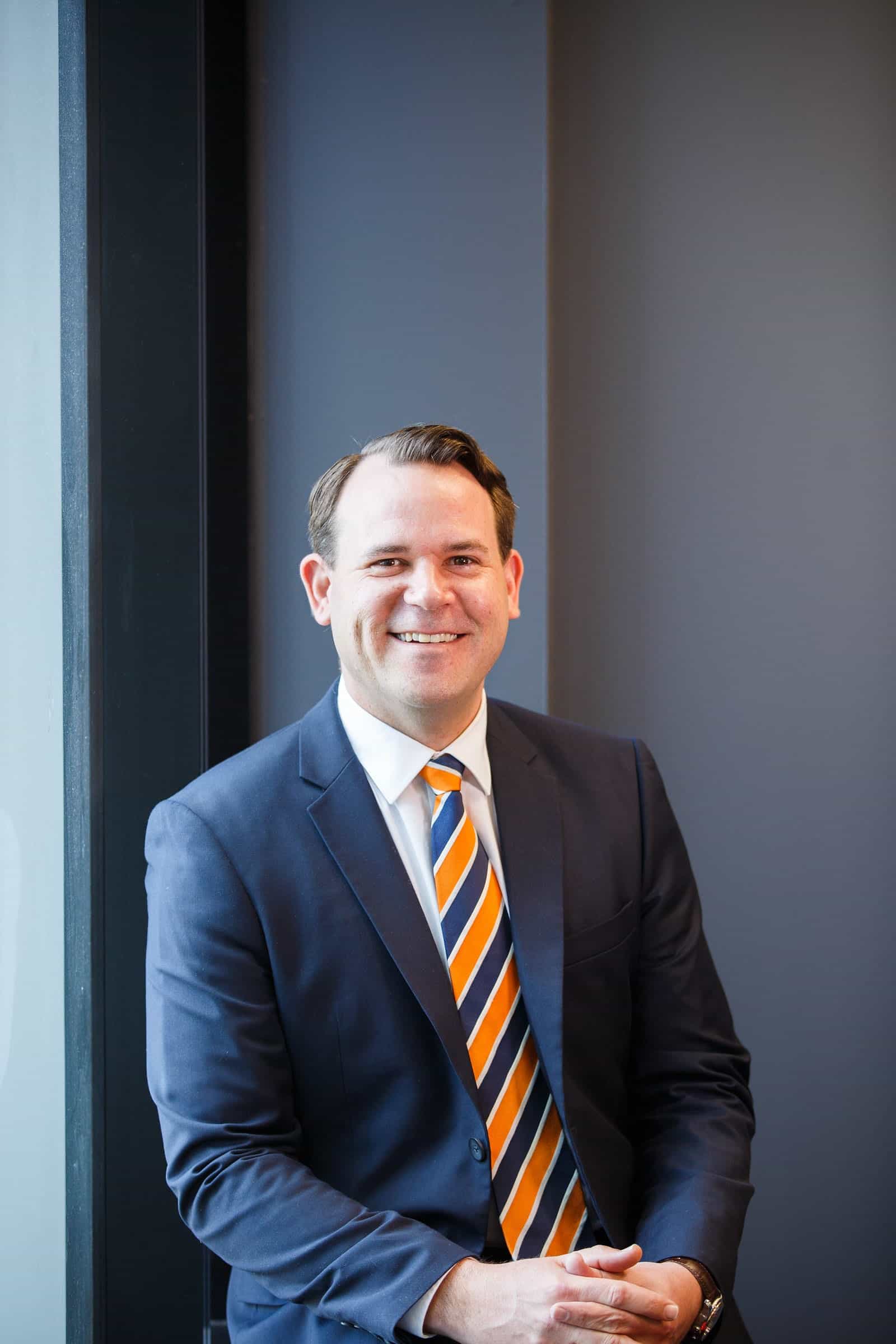Steve Watson, Director National Audits Group, discusses how a technology plan has helped his firm become future-ready.
I was recently asked to provide commentary for a publication of Chartered Accountants Australia and
New Zealand about the skills auditors will need to navigate the future. The ability to adapt to new
technology immediately sprang to mind. But a critical first step is for a firm to have the right technology
in place – it can make a significant difference to practice growth.
Over recent years, National Audits Group has successfully developed and implemented an IT plan, driven
largely by the purchase of the company from Countplus Limited in mid-2017. We recognised the need
for systematic change with a focus on smart use of technology, and the resulting system improvements
have delivered greater efficiency and quality improvements for our team and our clients.
Looking back, five years ago we were using 80% paper-based files. We were connected to a regional
server 100 kilometres away, and the connection was slow. It simply wasn’t reflective of a modern
practice.
Faced with a limited budget and tight timeframe in which to initiate change, we had to make key
decisions: Decide an IT solution – choosing from a local or cloud-based server, select an IT provider and
decide software solutions.
To some extent we are still working through the process. However, today we have a 100% cloud-based
business. The benefits of this are manifold. Our team can access software and data from mobile devices,
and it’s very easy to bring new users on-board as the system is centrally controlled. Rather than facing
fixed costs, 100% of our software costs are variable and updates are automatic.
Streamlined practice accounting
The system is proving agile, efficient and highly flexible. In terms of practice accounting, daily bank
reconciliations are now the norm with 100% bank feeds. Our creditors are paid weekly, and to facilitate
a healthy cash flow we have signed up to the Australian Supplier Payment Code. We use Receipt Bank
software for expense management as it integrates with a number of other systems and uses Optical
Character Recognition (OCR) to process and allocate data to the chart of accounts.
Our staff enter details of their hours and leave into an online portal, and our debtors are integrated into
the system via practice management software, which generates automatic reminder emails. To further
manage cashflow, we have embraced PAYid, which will allow a lot more data to be attached to financial
transactions.
Improvements to practice management
Our practice management has benefited from the adoption of technology also. We use dashboard
reporting that displays monthly revenue versus prior year and budget, and highlights our top ten
overdue jobs and top WIPS at any point in time.
The dashboard even tells us our average hourly rate, which is essential data for planning future budgets.
Indeed, now is the time for firms to review their engagement letters and ensure allowance is made for
interim/progress billings in line with the new accounting standard AASB15 Revenue from Contracts with
Customers.
Investing in carefully selected software
Transitioning away from manual workpapers and hard copy documents has called for a massive
investment in our audit methodology and systems. Software won’t do the audit for you, and part of the
transition process has involved educating clients on what they need to provide – and when.
In terms of software, we were mindful that for financial statement audits we needed to address key
issues such as integration with a client’s trial balance, compliance with accounting standards and the
ability to deal with different types of engagement. On this score we felt CaseWare ticked plenty of
boxes.
We use Evolv for SMSF audits though there are a number of similar products available such as CaseWare
SMSF Audit, MyWorkpapers and CloudOffis. The number of SMSFs your firm audits will determine your
software requirements, nonetheless, once set up, these systems allow a basic SMSF audit to be
undertaken within two to three hours. With timeframes like this, the reality is that firms that are still
completed paper-based audits simply won’t be able to compete.
Data and communications software is critical
Data storage is a critical aspect for all firms in the audit space, and lots of different solutions are
available. One of the non-negotiables for National Audits Group is the ability to open, edit, comment
and save files with ease to a central source. Today, Dropbox is the backbone of our data storage linking
with ifirm, our practice management system. A word of caution here. Converting data can be extremely
time consuming, so ensure you make a decision for the future. We use Microsoft Office 365 for our
documents preparation, email and intranet because it integrates with all of our other software and is
100% cloud-based.
In this day and age, when client offices (and hence audit staff) may be geographically spread out both
nationally and internationally, having a reliable and easy to use conferencing system is imperative. I
believe every office should have a dedicated computer and conference system – one that makes it easy
for clients to connect with no software download required, just need sound and screen. Yes, this can call
for good quality hardware, but happily the cost of hardware is falling while conversely, the quality is
rising.
Technology can future-proof your business
The bottom line is that planning for the technology needs of your business can take time and effort. But
the investment is worthwhile. It can future-proof your firm by maximising the productivity of your team
while managing audit risk, and allowing your practice to enjoy efficiencies in a highly competitive
market.







